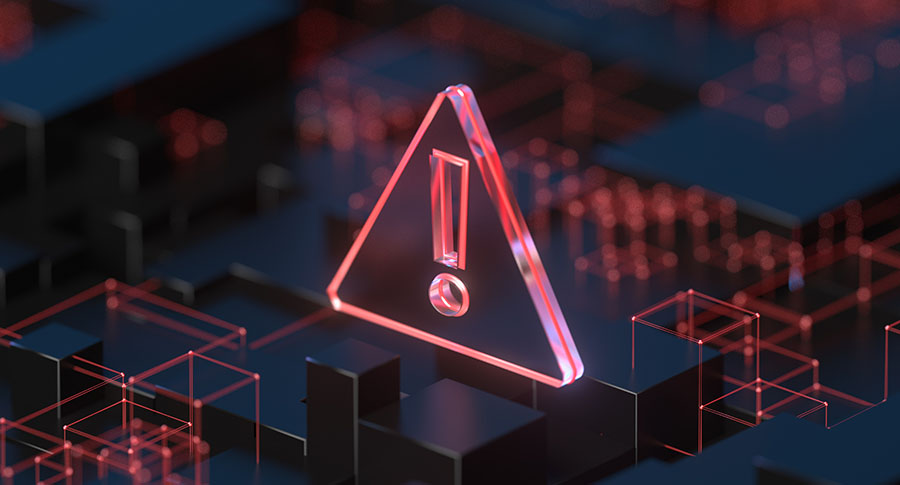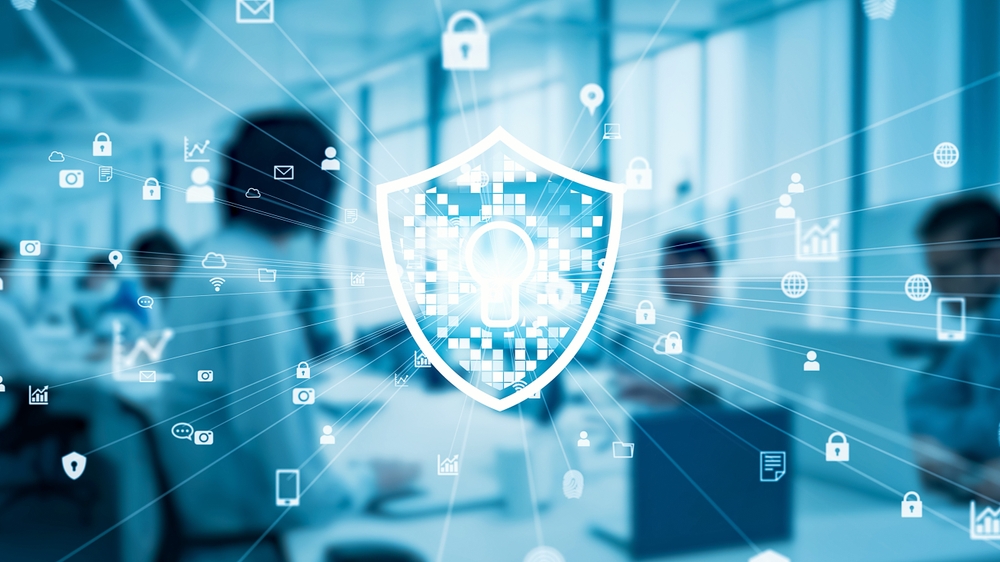The digital age has its share of dark corners and delinquents in the cyberworld. Today, one of the most important skills you must learn is preventing cyber attacks. Without the proper training or security, you leave yourself vulnerable to data theft, online leaks, and digital crime.
Indeed, the sci-fi world of digital computers filled with viruses and hacking is getting closer. Cyber-attacks are responsible for almost millions of security breaches online. The sheer range of cyber-attacks available range from corporate espionage to government infiltration.
If you don’t know how to prevent cyber attacks, then you or your business are a vulnerable target. Don’t take that chance or you may find yourself in a mess.
The best protection is knowledge, and luckily, we have an arsenal of tips and tricks for you to practice. Read on about the ten best tips for cyber attack prevention!
1. Implement Preventive Policies
Viruses and hacking are some of the common types of malware encountered by people. These are the main method of cyber-attack to steal information or corrupt files for their ends. To start preventing these cyber-attacks, the most effective way is to stop them before they begin.
Stopping them before they begin starts with preventative policies. These are policies that function to deter potential cyber-attacks before they begin. Alternatively, when an attack does occur, your policies help limit the damage it causes.
Examples of these preventive policies include sets of rules for you, your family, or your business to follow. Actions such as don’t visit suspicious websites or preventing the use of foreign software are perfect policies. Other policies include data management and endpoint protection for online assets.
What you are planning to do here is to present yourself as a difficult target to any potential attackers. If they see that you have backup plans, they are likely to think twice before attacking. That gives you more time to prepare and prevent attacks.
2. Conduct Regular Malware Cleanups
Part of cyber-attack prevention is covering all bases and ensuring that you are malware-free. This is because preventative policies only get you so far. An implemented virus will pop out only when it is actively searched by antivirus programs.
Without any active virus seeking, you open yourself up for prolonged attacks. If you keep yourself confident in the knowledge that your policies are enough, you ignore present attacks. Your systems and data might already under attack, and you aren’t aware of it.
To prevent these sorts of attacks, you can actively search for them using antivirus programs. An alternative is to get your team to do it instead. Supplementary policies include frequent data checks, security reports, and threat assessments.
Given that an implanted virus is devastating, it is in your best interest to seek them out and destroy them. This is possible through deleting corrupt files, system checkups, and IT infrastructure.
3. Train Your Employees
If you are in a business or organization, you put yourself at greater risk of a cyber-attack. You have access to more data and financial information that hackers might find valuable. Luckily, if you have the manpower, retraining, and retooling will help deter any would-be attacker.
This training may extend to active IT management, to simple procedures. Either way, you give knowledge to a group of people instead of consolidating it. This raises your defenses exponentially with each person trained.
A few examples of training include proper netiquette for your employees. Training them to vet and identify suspicious emails is another tactic. Much of this training involves verification and good judgment.
As your team checks emails and calls, they grow more proficient and vigilant. The more people aware of the threat, the higher the likelihood of planning and strategizing defenses.
4. Backup Your Data
Your data is the most important thing you have online due to the vast number of uses it has. Data can range from your identity to business transactions, to account details. This makes it the primary target for any malicious cyber-attacks as it provides valuable information.
When data gets stolen by these attacks, they have the option to sell or use that data. Imagine your credit card or bank information used to steal money from you. Or think about someone impersonating you online and doing anything they want.
The value of your data means that when worse comes to worst, you must prepare to delete your data. This prevents attackers from gaining access to it and keeps you safe from further attack. To regain that information, you must have a backup of that data somewhere.
Backing up that data depends on how much there is. You can have a physical copy on a hard drive, or a virtual copy in a safe server online. Either way, a backup helps you when you need a backup plan.
5. Implement Security Measures
To protect data, you must rely on certain programs and procedures to counteract malicious programs. Data protection has a variety of different programs available making up a huge industry. A business or network filled with these programs is the best sort of protection from attackers.
One of the most effective and common ways to protect against a cyber-attack is through firewall installation. A firewall is a security program that automatically filters against online attacks from viruses. They further block malicious domains to prevent hacking, and they may even take network control if allowed.
A secondary defense mechanism is an antivirus that keeps out viruses online and on your computer. Many antivirus programs have virus definitions that allow them to find and root out viruses. This keeps them aware of what threats they must address and what to ignore.
Another security measure to consider is whitelisting or preventing programs from self-installing. Viruses often install themselves on computers and use this to spread and infect other devices. Preventing self-installation cuts down on viruses by preventing them from growing.
6. Hire a Professional Team
If you don’t have the materials necessary to protect yourself, consider hiring professionals. An IT team is a group of select professionals who know several factors you might overlook. Knowing the best antivirus and how to track cyber-attacks are their specialty.
When data goes missing, a team of professionals, depending on their expertise may recover that data. Some of the best security experts are cyber-security personnel with knowledge on how to stop attacks.
While getting a team is great, don’t forget to report any attacks to officials to get an official investigation. Part of hiring professionals is knowing to get officials as well.
7. Update Software Regularly
To protect your data, you need current and updated programs and security. Much of cyber-attacks occur due to outdated programs that cannot respond to threats effectively. This presents a vulnerable target to attackers capable of making new viruses and attacks.
The same way antivirus systems have an updating virus database, so too must your programs keep updated. The easiest way to do this is through a program called patch management. Patch management automatically updates all your necessary programs to keep them up to date.
The more updated your system is, the more resilient it is against attacks such as malicious hacking. This functions like how operating systems continually provide updates to address errors or weak files. A top-notch system is an effective deterrent, so you must keep it that way with frequent updates.
8. Control System Access
By controlling system access, we talk about who can use your computers and retrieve their data. You must realize that not all cyber-attacks have to be online-based or transmitted through sharing. Some of the most insidious cyber-attacks come from uploaded data that bypasses firewalls.
As this type of attack is damaging, it helps to monitor who is using your network at any given time. You can do this by implementing security cameras or logbooks. This tracks users to identify any possible suspects.
This type of user access can extend to physical presence by keeping a security expert on hand. This not only makes you less of a victim but also deters possible robbers.
9. Implement Personal Employee Accounts
A personal employee account is a way of monitoring what your employees do. Knowing what actions they take on office devices keeps them in line. Furthermore, it identifies any suspicious behavior for tighter security.
Having people share credentials is dangerous as it makes witch hunts popular. Not knowing who is trustworthy not only damages your business but your employee morale as well.
10. Put Password Protocols
To keep things safe, practice regular password procedures. Update and replace old passwords to make data security newer and safer.
Checking the strength of your employee passwords further prevents access. It ensures that they are valid passwords free from meddling by other malicious entities.
Start Preventing Cyber Attacks Today!
Preventing cyber attacks is important to keep your identity and online assets safe. Now that you’ve read about some of these tips, practice them regularly. Or better yet, leave it to the pros and contact us today!


